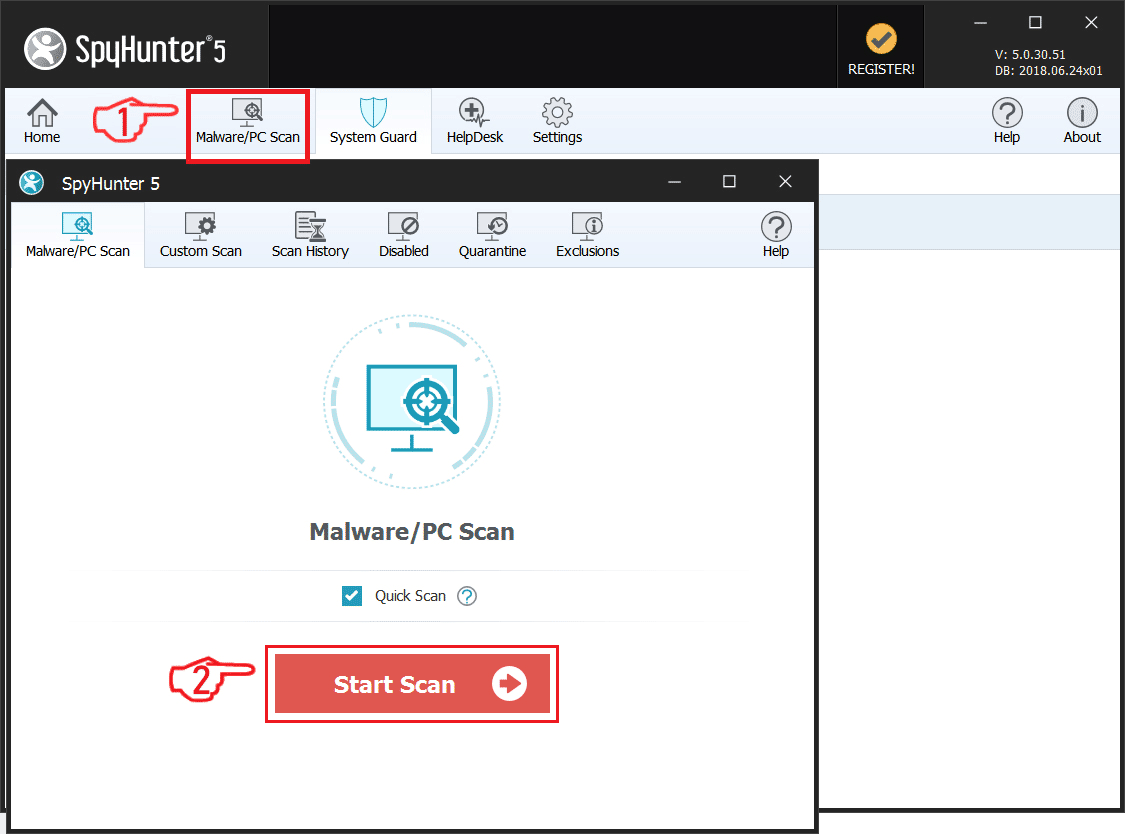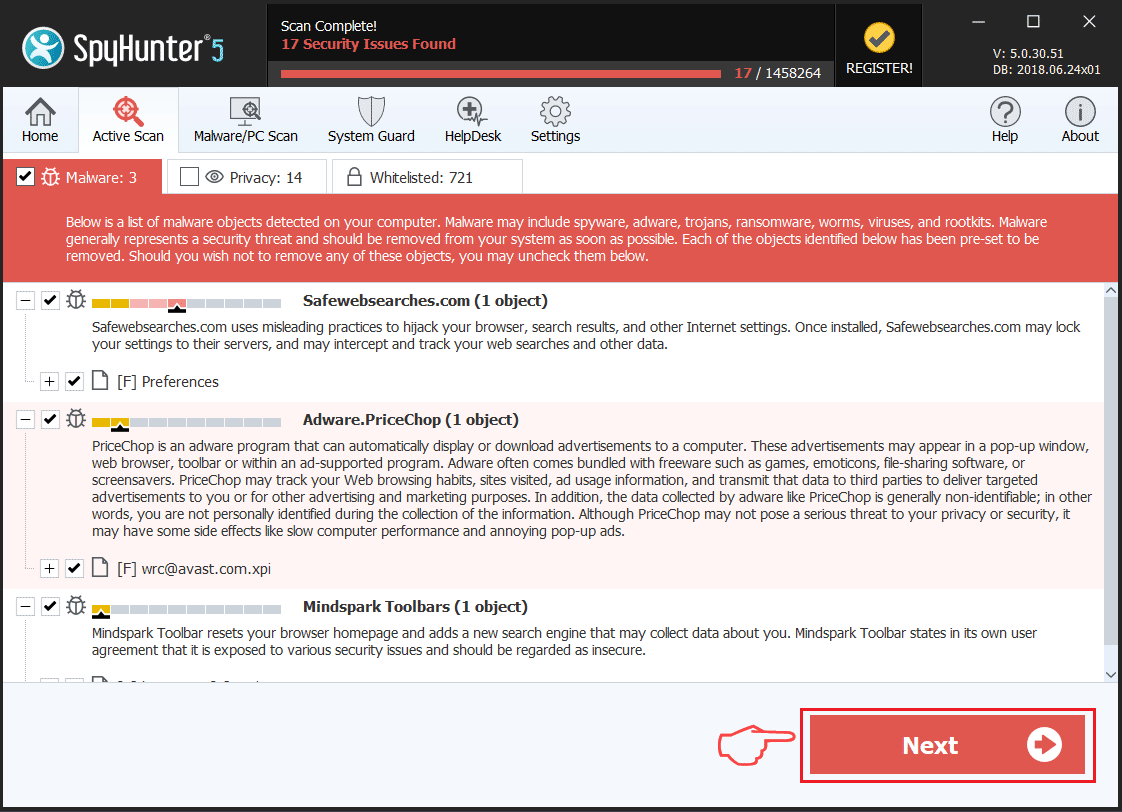The Azorult Trojan is a dangerous weapon used against computer users worldwide. It infects mainly via infected software installers. Our article gives an overview of its behavior according to the collected samples and available reports, also it may be helpful in attempting to remove the virus.

Threat Summary
| Name | Azorult Trojan also known as Trojan.AZORult |
| Type | Trojan |
| Short Description | The Azorult Trojan is a computer virus that is designed to silently infiltrate computer systems. |
| Symptoms | The victims may not experience any apparent symptoms of infection. |
| Distribution Method | Software Vulnerabilities, Freeware Installations, Bundled Packages, Scripts and others. |
| Detection Tool |
See If Your System Has Been Affected by malware
Download
Malware Removal Tool
|
| User Experience | Join Our Forum to Discuss Azorult Trojan. |
Fake ProtonVPN Azorult Trojan Delivery
A group of security researchers uncovered a dangerous new attack campaign bearing the Azorult Trojan — it is not known if the hacking group is the same as the one in the previous infections. This time the criminals have been found to impersonate a popular privacy program called ProtonVPN. It is used to connect the users to a network which is located in a country of their choosing. VPN software aim to add a layer of privacy and protection as the network traffic is encrypted and is used to access content that may not be available in a certain region.
The files containing the Azorult Trojan are dangerous setup files or related packages which are branded as the VPN program. The hackers appear to be sending them mainly via various phishing campaigns — the main method is to include links to the files in affiliate networks and ads. This means that even legitimate and well-known sites can become proxies for Azorult Trojan deployment. The users are directed to pages that may impersonate download portals, software landing pages or update notifications. By being navigated to them the contents will drive them to download and install the virus-infected installer. Upon running these files the infection will start.
The Azorult Trojan in this version has been found to immediately start running its included sequence. The first command is the data harvesting action — the Trojan will start to collect sensitive information about the machines, including operating system conditions and the installed hardware parts. The main malware engine has also been found to harvest information from the web browsers — particularly for stored passwords, form data and specific strings. Some of the newer variants also have the capability of harvesting any found cryptocurrency wallet accounts — this is used to directly plan financial theft. From there on the usual components will be run as designated by the hackers.
Azorult Trojan – Distribution Methods
The Azorult Trojan, alternatively spelled as AZORult, is a dangerous malware which constantly shifts its distribution strategies. The latest release has been found to be released through malicious Google Update installers thus being spread via a payload carrier, in this case a modified application installer. This tactic relies on the acquisition of legitimate setup files of popular application (in this case a Google Product) which are to be modified with the Trojan code and then distributed via various mechanisms. Some of them include the following:
- Email Campaigns — The criminals can coordinate the sending of email messages that coerce the recipients into thinking that they are receiving legitimate notifications from services and companies. In these particular cases the emails may be designed with Google branding and motion the users into installing a newer version of the product. The virus files may be linked in the body contents or directly attached to the emails.
- Malicious Sites — The other strategy is to create and deploy sites that pose as legitimate search engines, product landing pages and etc. They can take various forms and in many cases use similar sounding domain names and security certificates.
- File-Sharing Networks — The installers can be uploaded to networks like BitTorrent which are widely used to distribute both legitimate and pirate content.
- Malicious Document Carriers — The same strategy as the application installers can be used to apply the virus installation commands into documents across all popular types: text documents, presentations, databases and spreadsheets. Whenever they are opened by the victims a prompt will be spawned requesting that they run the scripts in order to correctly view the contents of the file.
- Browser Plugins — The hackers can also create malicious plugins made for the most popular web browsers, alternatively known as “hijackers”. They are widely uploaded to the respective repositories of the browsers using fake developer credentials and user reviews. They will promise enhanced performance and the addition of new features.
Other tactics can be employed as the Azorult Trojan continues to be developed.
Azorult Trojan – Detailed Description
As soon as the Azorult Trojan is delivered to the system it will immediately start to modify the system. The first action that it does is to create a persistent state of execution — this means that it will automatically start with the operating system boot and will be very difficult to remove using manual recovery methods. In many cases malware that have achieved this state will block access to the recovery menus and boot options.
The main goal of the Azorult Trojan is to perform an in-depth information gathering process on the infected machines. It can scan a wide range of contents including the following:
- Personal Information — The engine can acquire information that can be used to directly reveal and expose the identity of the victim users. This is done by programming the Trojan to look for strings like the following: their name, address, phone number, interests and stored account credentials.
- Machine Identification — Each individual computer can be assigned an unique ID which is composed by an algorithm that takes its input values from the list of installed hardware components, user settings, regional preferences and operating system data.
- Financial Assets — Advanced variants of the Azorult Trojan may also scan the browser’s memory in order to search for events related to online banking activities. The Trojan will harvest the entered credentials and transfer them to the hacker operators. The local hard drive, removable storage devices and network shares can also be scanned for any wallets containing digital currencies.
Additionally the main Trojan will install itself in a system location by masking as a legitimate application. The analysis reveals that it also creates entries for itself in the Windows Registry. Potential modification of operating system and third-party apps values can lead to severe performance issues and the inability to use the computer under normal conditions.
Like other Troajns Azorult will establish a secure connection to a hacker-controlled server allowing the hacking group to spy on the victims, take over control of their machines and also acquire sensitive data.
As the virus is based on a modular platform any future versions can include other modules as well. Common ones include the following:
- Data Removal — The Trojan can identify data that if deleted can make recovery very difficult. This includes System Restore Points, Backups and etc.
- Additional Payload Delivery — The Azorult Trojan can be used to download other threats to the compromised computers such as miners and ransomware.
- Botnet Recruitment — Advanced malware threats will reconfigure the machines by recruiting them to a global network of infected machines. Their combined resources can be used to take down designated targets down via the execution of distributed denial-of-service attacks (DDoS) — they are especially useful against large companies or government agencies.
As this threat has seen several versions of development we presume that a different behavior pattern and distribution method will be used in the future.

Remove Azorult Trojan Trojan
If your computer system got infected with the Azorult Trojan Trojan, you should have a bit of experience in removing malware. You should get rid of this Trojan as quickly as possible before it can have the chance to spread further and infect other computers. You should remove the Trojan and follow the step-by-step instructions guide provided below.
Note! Your computer system may be affected by Azorult Trojan and other threats.
Scan Your PC with SpyHunter
SpyHunter is a powerful malware removal tool designed to help users with in-depth system security analysis, detection and removal of Azorult Trojan.
Keep in mind, that SpyHunter’s scanner is only for malware detection. If SpyHunter detects malware on your PC, you will need to purchase SpyHunter’s malware removal tool to remove the malware threats. Read our SpyHunter 5 review. Click on the corresponding links to check SpyHunter’s EULA, Privacy Policy and Threat Assessment Criteria.
To remove Azorult Trojan follow these steps:
Use SpyHunter to scan for malware and unwanted programs
Preparation before removing Azorult Trojan.
Before starting the actual removal process, we recommend that you do the following preparation steps.
- Make sure you have these instructions always open and in front of your eyes.
- Do a backup of all of your files, even if they could be damaged. You should back up your data with a cloud backup solution and insure your files against any type of loss, even from the most severe threats.
- Be patient as this could take a while.
- Scan for Malware
- Fix Registries
- Remove Virus Files
Step 1: Scan for Azorult Trojan with SpyHunter Anti-Malware Tool



Step 2: Clean any registries, created by Azorult Trojan on your computer.
The usually targeted registries of Windows machines are the following:
- HKEY_LOCAL_MACHINE\Software\Microsoft\Windows\CurrentVersion\Run
- HKEY_CURRENT_USER\Software\Microsoft\Windows\CurrentVersion\Run
- HKEY_LOCAL_MACHINE\Software\Microsoft\Windows\CurrentVersion\RunOnce
- HKEY_CURRENT_USER\Software\Microsoft\Windows\CurrentVersion\RunOnce
You can access them by opening the Windows registry editor and deleting any values, created by Azorult Trojan there. This can happen by following the steps underneath:


 Tip: To find a virus-created value, you can right-click on it and click "Modify" to see which file it is set to run. If this is the virus file location, remove the value.
Tip: To find a virus-created value, you can right-click on it and click "Modify" to see which file it is set to run. If this is the virus file location, remove the value.Step 3: Find virus files created by Azorult Trojan on your PC.
1.For Windows 8, 8.1 and 10.
For Newer Windows Operating Systems
1: On your keyboard press + R and write explorer.exe in the Run text box and then click on the Ok button.

2: Click on your PC from the quick access bar. This is usually an icon with a monitor and its name is either “My Computer”, “My PC” or “This PC” or whatever you have named it.

3: Navigate to the search box in the top-right of your PC's screen and type “fileextension:” and after which type the file extension. If you are looking for malicious executables, an example may be "fileextension:exe". After doing that, leave a space and type the file name you believe the malware has created. Here is how it may appear if your file has been found:

N.B. We recommend to wait for the green loading bar in the navigation box to fill up in case the PC is looking for the file and hasn't found it yet.
2.For Windows XP, Vista, and 7.
For Older Windows Operating Systems
In older Windows OS's the conventional approach should be the effective one:
1: Click on the Start Menu icon (usually on your bottom-left) and then choose the Search preference.

2: After the search window appears, choose More Advanced Options from the search assistant box. Another way is by clicking on All Files and Folders.

3: After that type the name of the file you are looking for and click on the Search button. This might take some time after which results will appear. If you have found the malicious file, you may copy or open its location by right-clicking on it.
Now you should be able to discover any file on Windows as long as it is on your hard drive and is not concealed via special software.
Azorult Trojan FAQ
What Does Azorult Trojan Trojan Do?
The Azorult Trojan Trojan is a malicious computer program designed to disrupt, damage, or gain unauthorized access to a computer system.
It can be used to steal sensitive data, gain control over a system, or launch other malicious activities.
Can Trojans Steal Passwords?
Yes, Trojans, like Azorult Trojan, can steal passwords. These malicious programs are designed to gain access to a user's computer, spy on victims and steal sensitive information such as banking details and passwords.
Can Azorult Trojan Trojan Hide Itself?
Yes, it can. A Trojan can use various techniques to mask itself, including rootkits, encryption, and obfuscation, to hide from security scanners and evade detection.
Can a Trojan be Removed by Factory Reset?
Yes, a Trojan can be removed by factory resetting your device. This is because it will restore the device to its original state, eliminating any malicious software that may have been installed. Bear in mind, that there are more sophisticated Trojans, that leave backdoors and reinfect even after factory reset.
Can Azorult Trojan Trojan Infect WiFi?
Yes, it is possible for a Trojan to infect WiFi networks. When a user connects to the infected network, the Trojan can spread to other connected devices and can access sensitive information on the network.
Can Trojans Be Deleted?
Yes, Trojans can be deleted. This is typically done by running a powerful anti-virus or anti-malware program that is designed to detect and remove malicious files. In some cases, manual deletion of the Trojan may also be necessary.
Can Trojans Steal Files?
Yes, Trojans can steal files if they are installed on a computer. This is done by allowing the malware author or user to gain access to the computer and then steal the files stored on it.
Which Anti-Malware Can Remove Trojans?
Anti-malware programs such as SpyHunter are capable of scanning for and removing Trojans from your computer. It is important to keep your anti-malware up to date and regularly scan your system for any malicious software.
Can Trojans Infect USB?
Yes, Trojans can infect USB devices. USB Trojans typically spread through malicious files downloaded from the internet or shared via email, allowing the hacker to gain access to a user's confidential data.
About the Azorult Trojan Research
The content we publish on SensorsTechForum.com, this Azorult Trojan how-to removal guide included, is the outcome of extensive research, hard work and our team’s devotion to help you remove the specific trojan problem.
How did we conduct the research on Azorult Trojan?
Please note that our research is based on an independent investigation. We are in contact with independent security researchers, thanks to which we receive daily updates on the latest malware definitions, including the various types of trojans (backdoor, downloader, infostealer, ransom, etc.)
Furthermore, the research behind the Azorult Trojan threat is backed with VirusTotal.
To better understand the threat posed by trojans, please refer to the following articles which provide knowledgeable details.













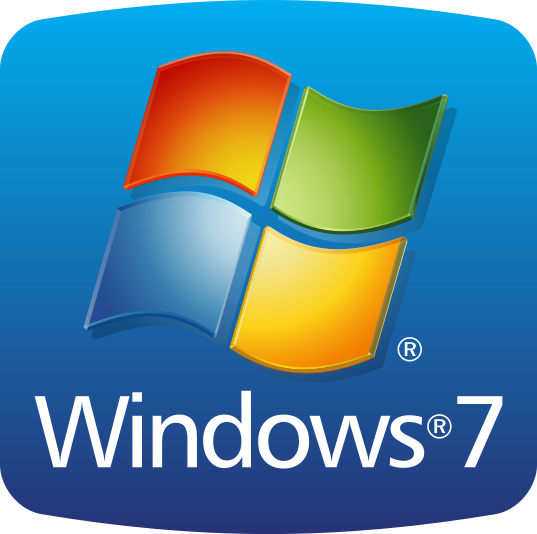 1. For Windows XP, Vista and 7.
1. For Windows XP, Vista and 7.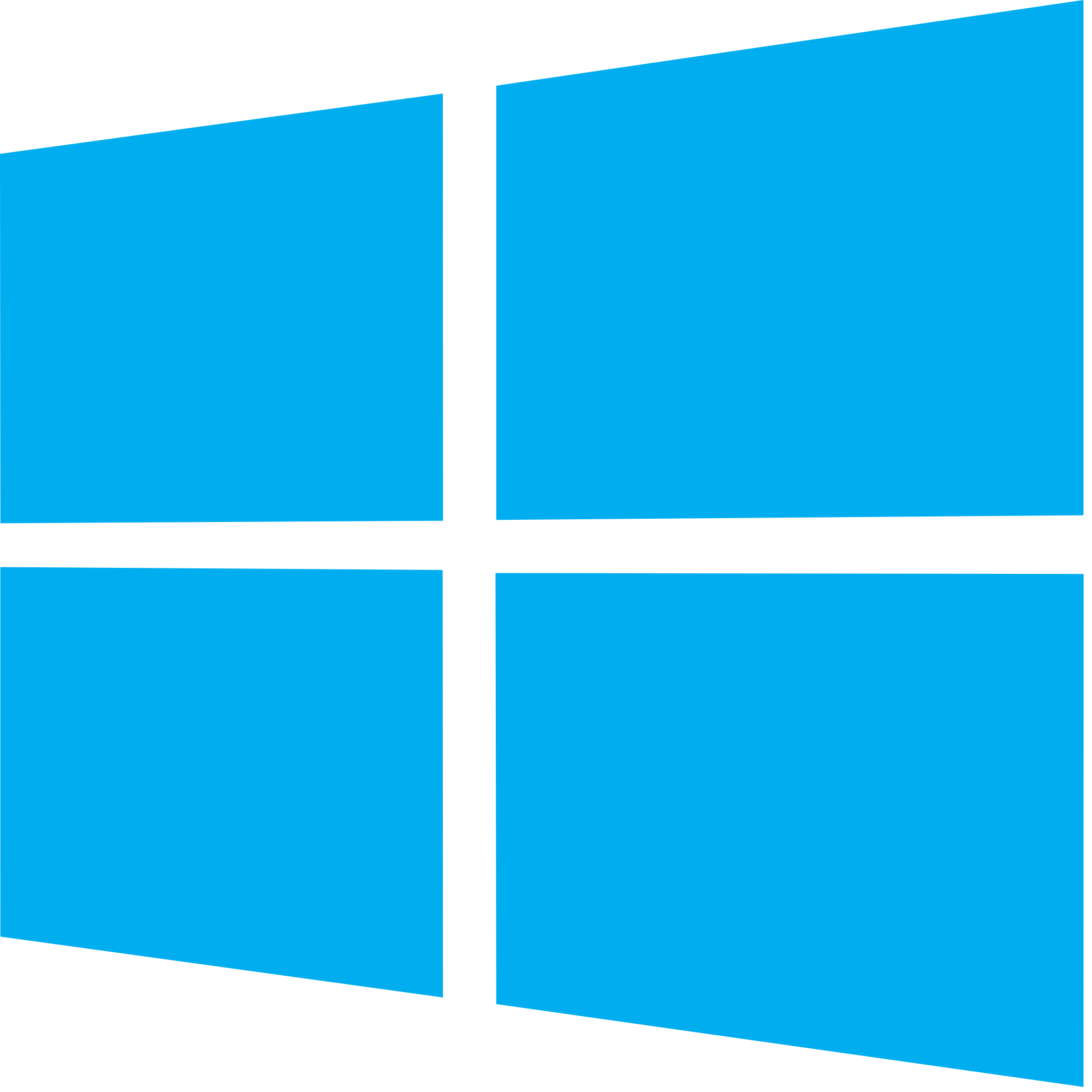 2. For Windows 8, 8.1 and 10.
2. For Windows 8, 8.1 and 10. Fix registry entries created by malware and PUPs on your PC.
Fix registry entries created by malware and PUPs on your PC.
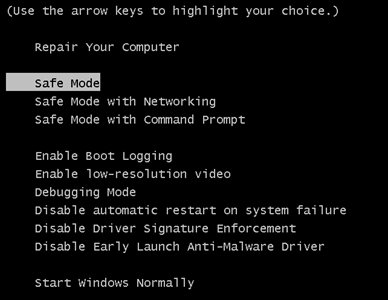
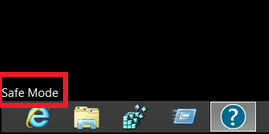
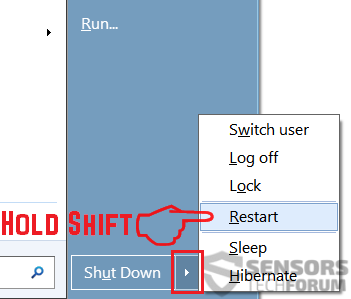
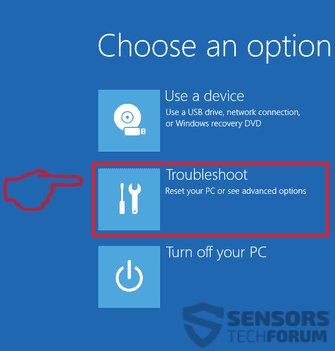
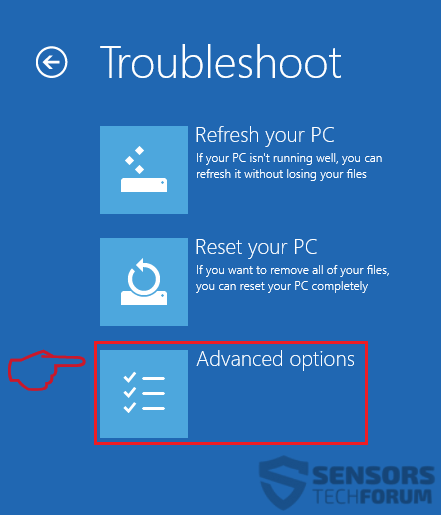
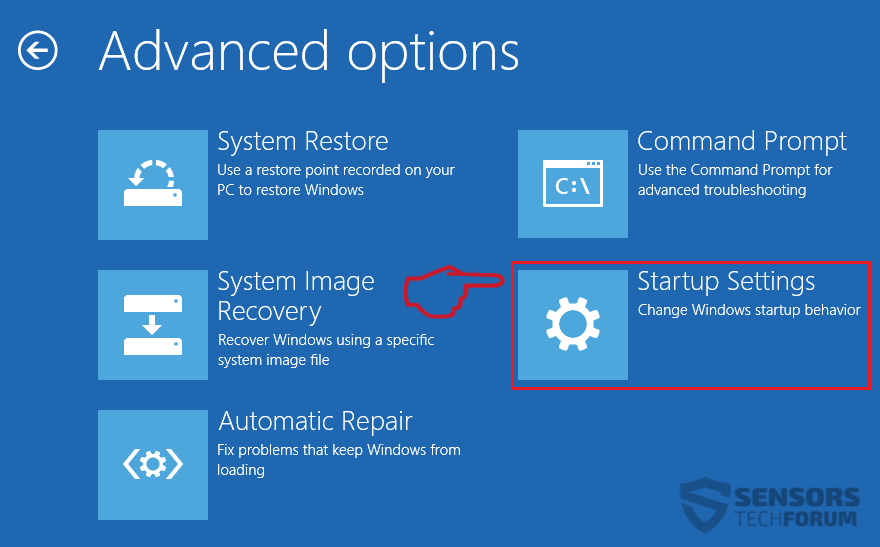
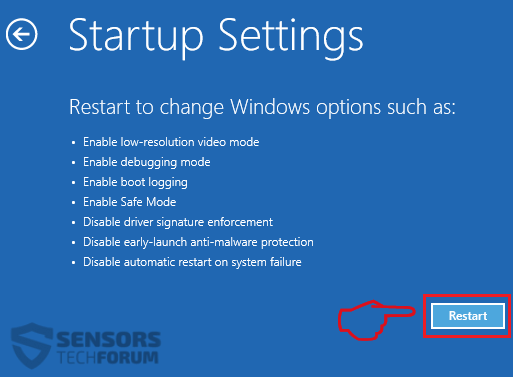
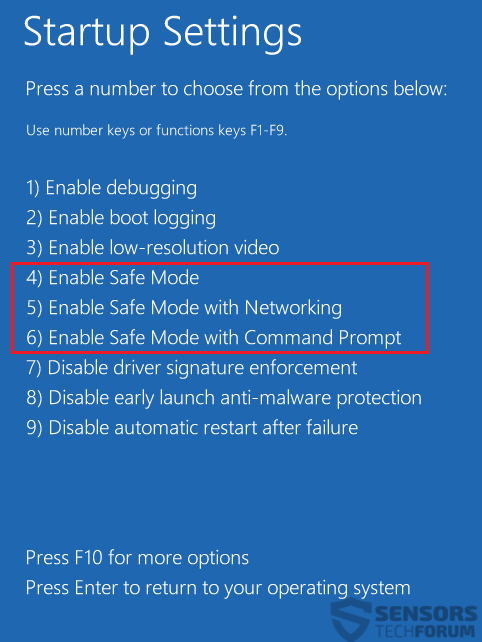
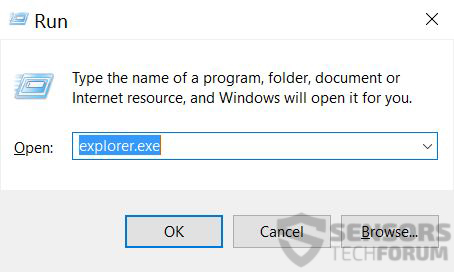
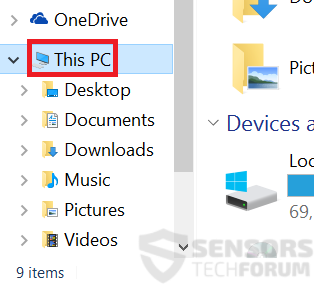
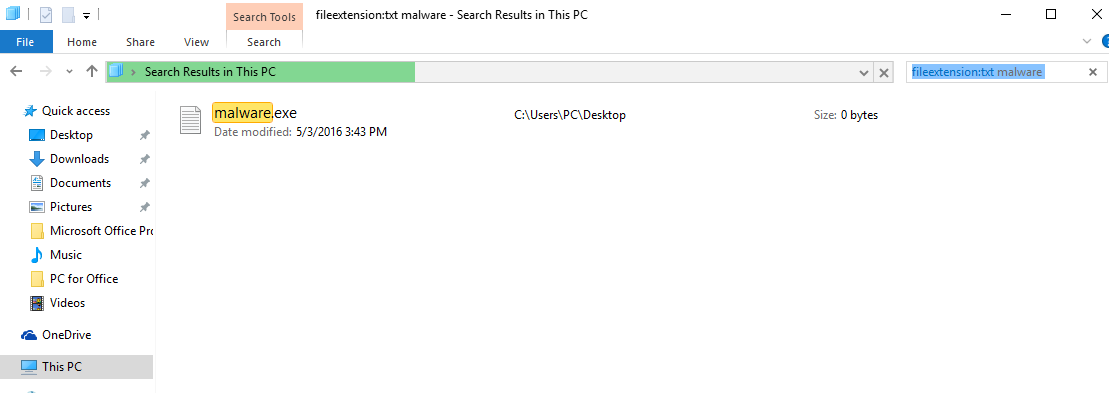
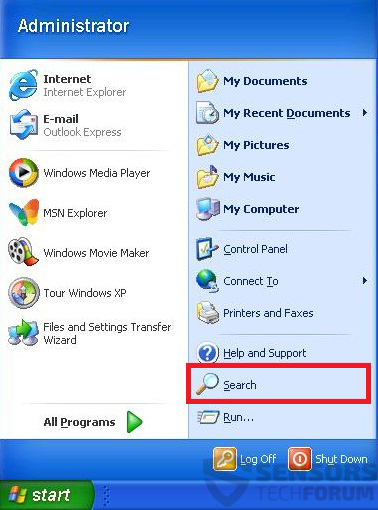
 1. Install SpyHunter to scan for Azorult Trojan and remove them.
1. Install SpyHunter to scan for Azorult Trojan and remove them.